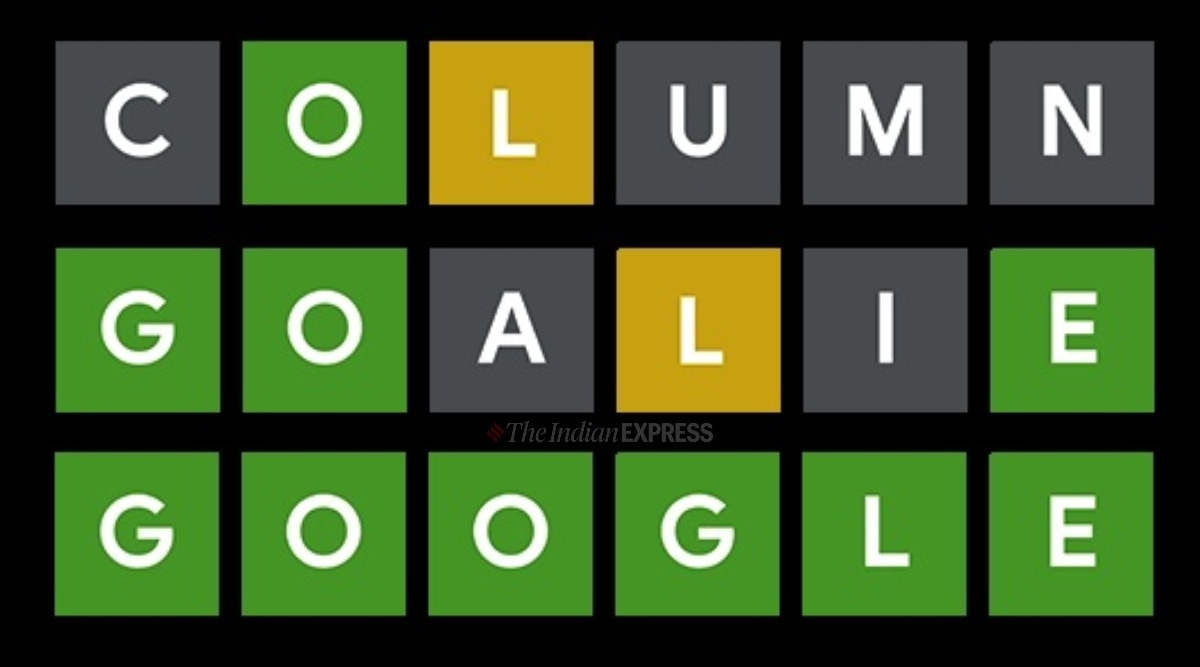Wordle, the popular online word game, has been purchased by The New York Times, which will incorporate the daily word puzzle into The New York Times Games suite of word games, according to founder Josh Wardle.

When Wordle transfers to The New York Times’ site, it will “initially stay free to new and existing players,” according to Wardle, who says he’s working with The New York Times to safeguard users’ existing victories and streak statistics. The New York Times’ move, however, left open the possibility that the corporation will opt to put Wordle behind its paywall in the future.
Wardle notes in his announcement of the sale — for a “undisclosed fee in the low seven figures,” according to The New York Times — that administering the extremely popular game has “been a touch daunting,” especially since he’s the only person who actually handles running the entire game. “We couldn’t be more excited to become the new home and proud guardians of this magical game, and we’re delighted to help bring Josh Wardle’s cherished creation to more solvers in the months ahead,” Jonathan Knight, general manager of The New York Times Games, said in the Times’ release.
Wordle will join a lineup of other popular daily puzzles at The New York Times, including The New York Times Crossword, the Mini crossword, Spelling Bee, Letter Boxed, Tiles, and Vertex.
Wardle built Wordle as a gift for his boyfriend, Palak Shah, after the two of them became addicted to word games (like the Times’ Spelling Bee and crosswords) during the pandemic, according to an earlier New York Times feature. It was first made public in late 2020, but it has since grown in popularity, thanks in part to the viral, emoji-based messaging that allow players to discuss how they did on the daily puzzle without giving away the solution to others.
While Wardle retained Wordle as a free, web-based experience, it was rapidly cloned by a slew of clones looking to cash in on the game’s popularity with copycat iPhone apps. Following stories that highlighted the clones, Apple promptly removed those apps from the App Store, while Wordle’s meteoric rise has also helped to elevate older, unrelated word games (such as the similarly called Wordle!).
Since implementing a paywall in 2011, The New York Times’ business strategy has focused on enticing readers and users to purchase subscriptions, despite the fact that the vast bulk of Times content is delivered digitally. Advertising is at the heart of the traditional newspaper economic model.
Subscriptions to The New York Times’ print newspaper and main digital news app are available for purchase. It also sells memberships to a games app (Games), a cooking app (Cooking), and, as of last year, Wirecutter, a product-recommendation site that The New York Times purchased in 2016. The New York Times paid $550 million for the sports journalism website The Athletic last month, praising the site’s 1.2 million members.
Millions of new subscribers have backed up the company’s business plan. In a November financial report, The New York Times stated that it had roughly 8.4 million subscribers. (The company’s next earnings report is due out on Wednesday.) The New York Times reported in December that Games and Cooking each had over one million subscribers.











